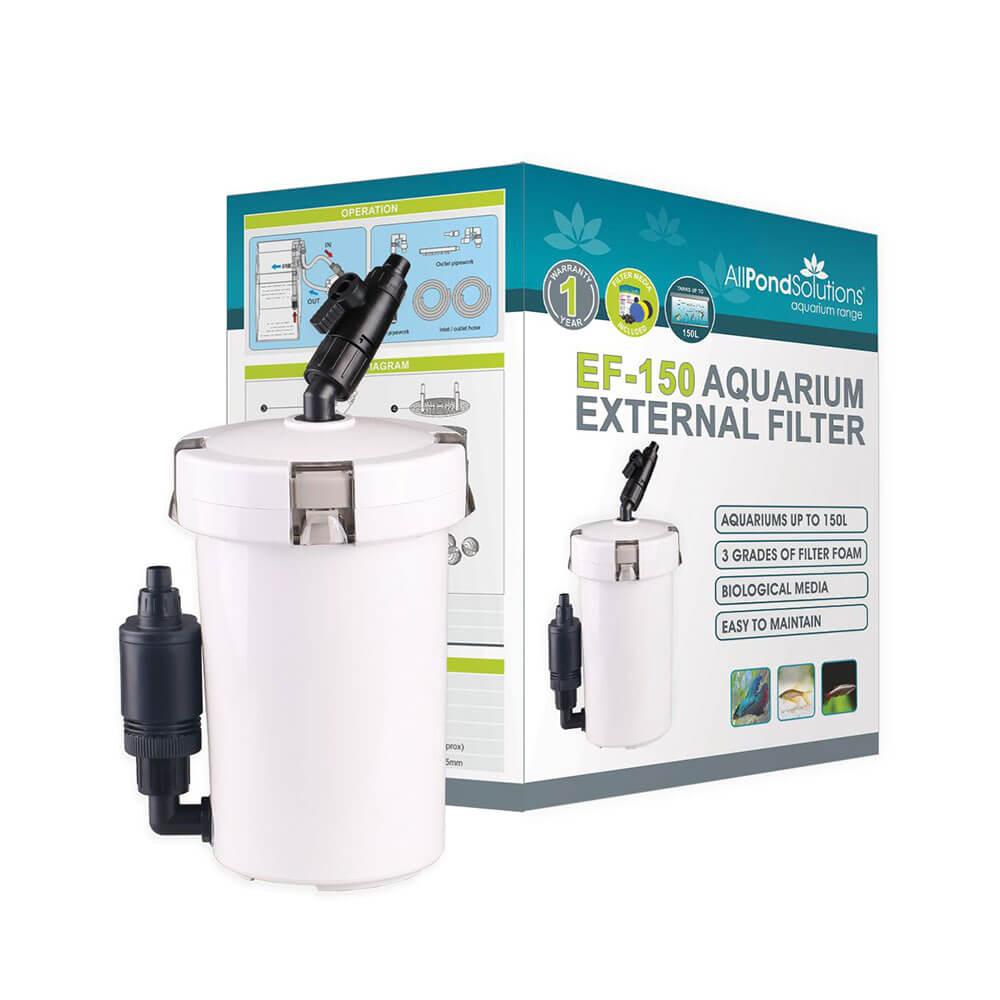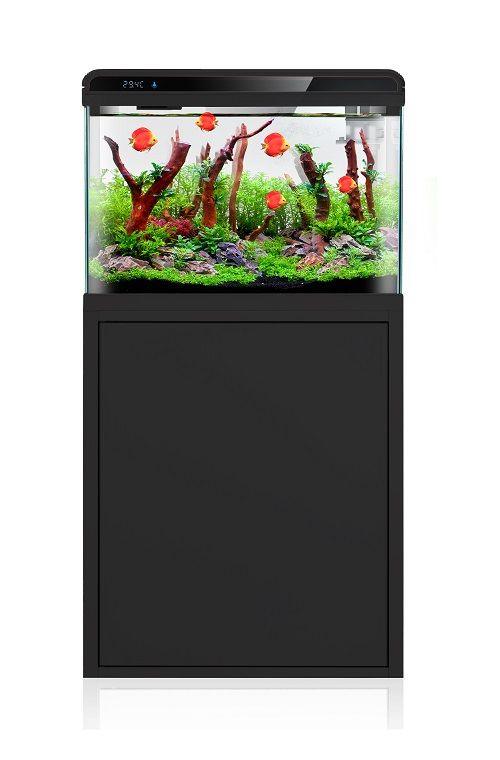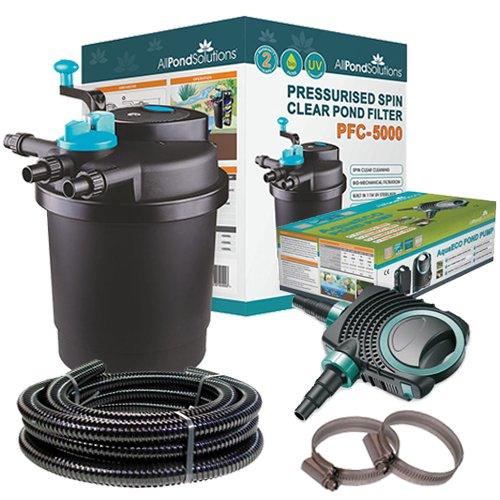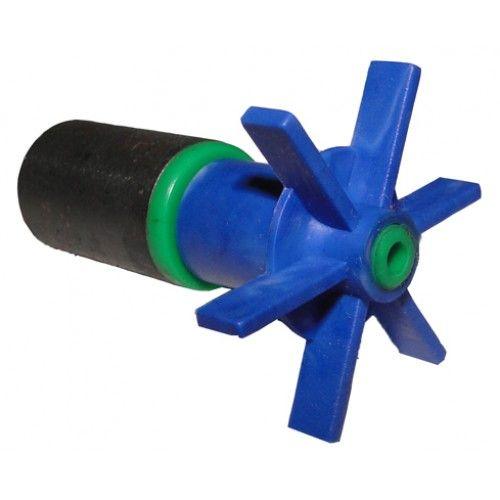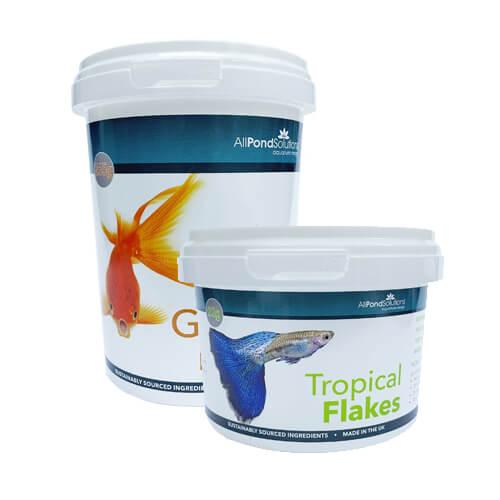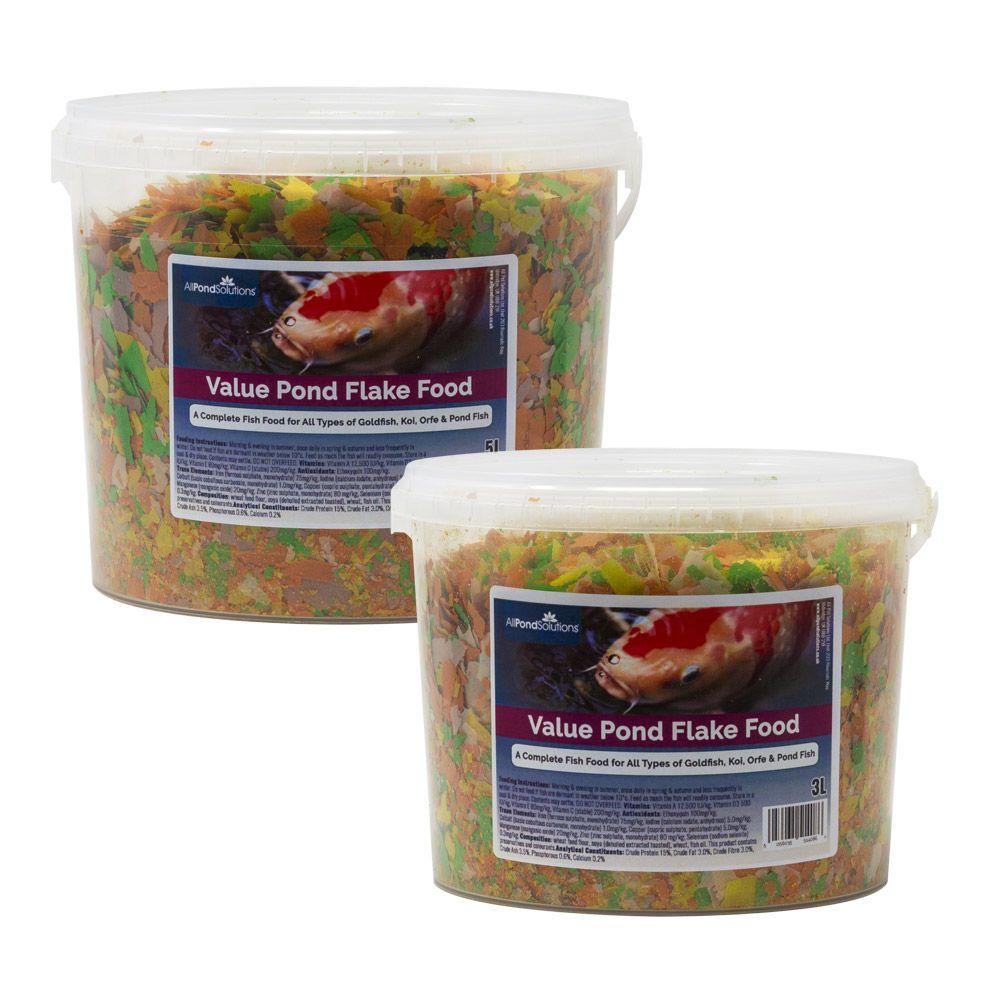Scientific Name: Pimelodus pictus
 Please note – The image used above is for illustration purposes only; Size, colour and sex may vary. Many of our livestock species are sold as juveniles and have not yet reached their full size and colour potential. If you have any concerns about the size or colour of the livestock you wish to order, please contact our livestock team via our support centre before placing your order. Due to the large quantities of livestock orders daily, the livestock team will are unable to select fish / shrimp to meet specific gender or aesthetic needs. 
Approximate purchase size :
4-5 cm
All Pond Solutions will always endeavour to supply as close to the approximate size range as possible. Due to variations from suppliers on rare occasions this may not always be possible. Images used are to show the full potential of the fish when fully mature and are not always representative of juvenile specimens.
 How easy are they to care for?
They are easy to care for in the correct environment. They prefer a dimly lit tank with plenty of swimming space and hiding places. A sandy substrate and some driftwood is ideal for the Pictus Catfish. This species is sensitive to poor water conditions so strong filtration is required.
 How large can they grow?
Up to 12cm          
 Where in the world are they from?
Native to the Rio Orinoco and Amazon basins in Colombia, Venezuela, Peru and Brazil.
 What is the ideal number to keep together?
 Groups of 6 or more, or in a community tank.
What water conditions do they require?
They require conditions of 22-25°C and 5.8-6.8 pH
 What should you feed them?
They are easy to feed as they will eat almost anything. Bloodworms and dried sinking foods are recommended for a healthy diet.
 How compatible are they with other fish?
They can live alone but will be much happier in a group of size or more. They should be kept with fish that they are not able to swallow, so Guppies and Neons should be avoided. Medium to large sized fish are recommended. 
 Can they be bred in captivity?
Breeding in captivity is very difficult and there is little research into how it can be achieved successfully. 
